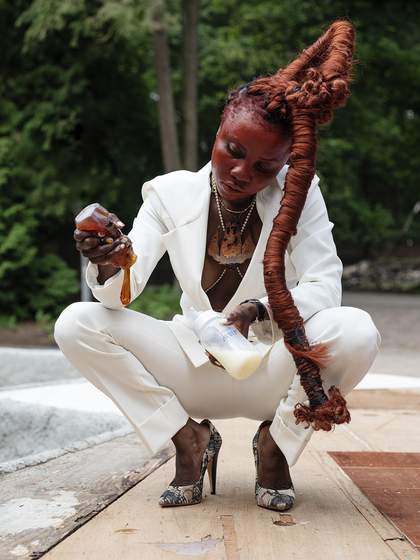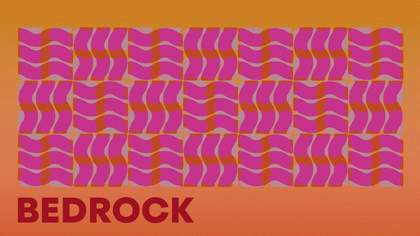Experience a live performance by Hadassa Ngamba, tracing a path through Liverpool's streets to explore the city's deep-rooted ties to the Democratic Republic of Congo (DRC).
Bringing together sandstone and palm oil - two foundational materials of Liverpool's geological and colonial history - Ngamba will cover her body with a mixture of the two materials and interact with the public. She'll offer people an embrace, leaving a mark of this mixture on them. This is a way to acknowledge the presence of Congo in the DNA of the city of Liverpool.
Coming from Boma, a port city that was crucial in the development of the transatlantic slave trade with Central Africa, and later in the extraction of natural resources from Congo, Ngamba’s practice explores the legacies of the slave and colonial trades on the country’s contemporary cartography and social, political and economic configurations. In this performance she maps a new trajectory in the city of Liverpool, in order to highlight the connections between Liverpool and Boma, ports that have had parallel importance in the industrial and colonial history of both the DRC and the UK.
Disclaimer: This performance involves materials that could stain and the artist will be embracing people (with their consent).
This performance is co-commissioned by Tate Liverpool and Liverpool Biennial 2025, developed in collaboration with the International Slavery Museum.


